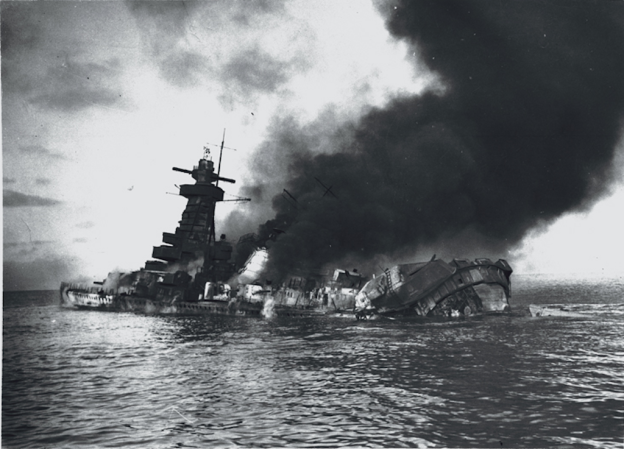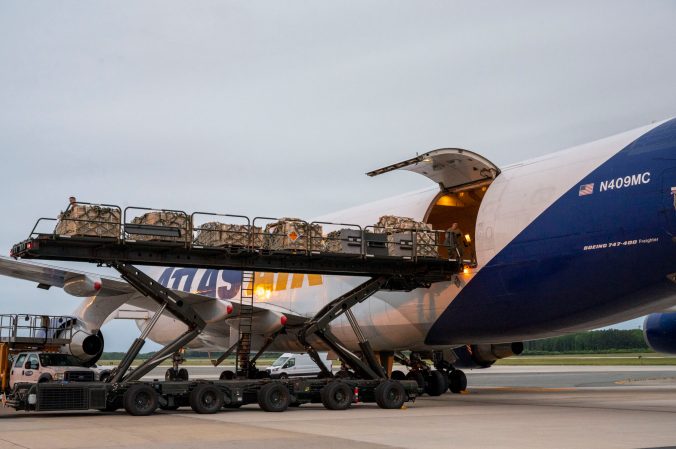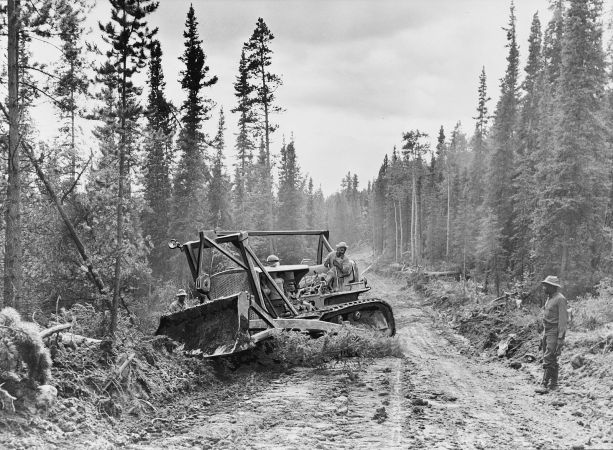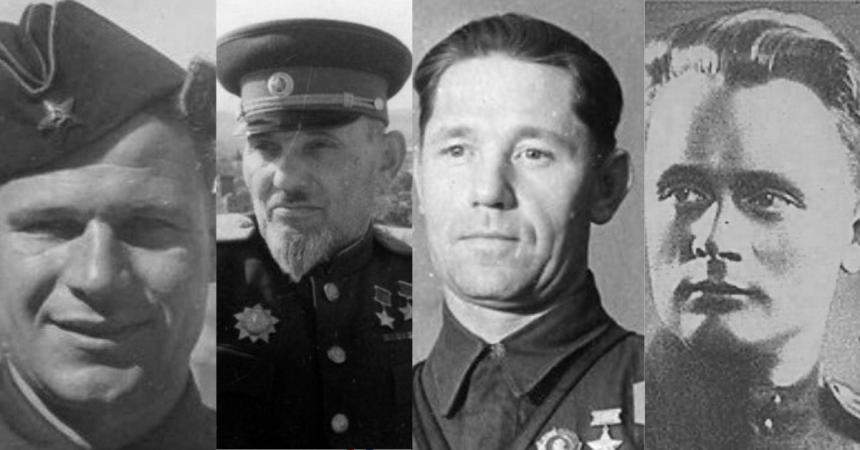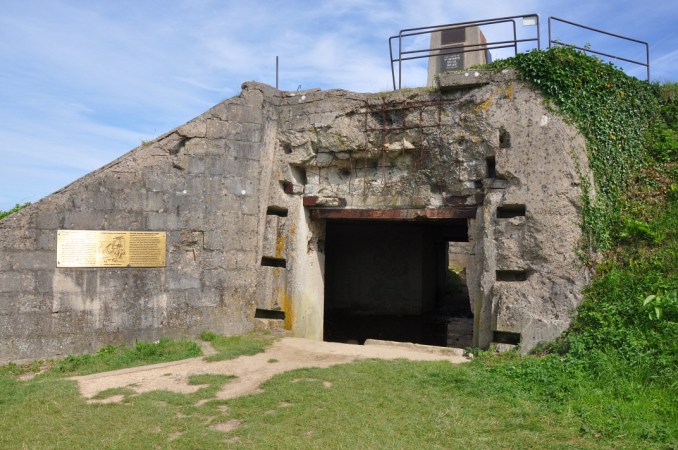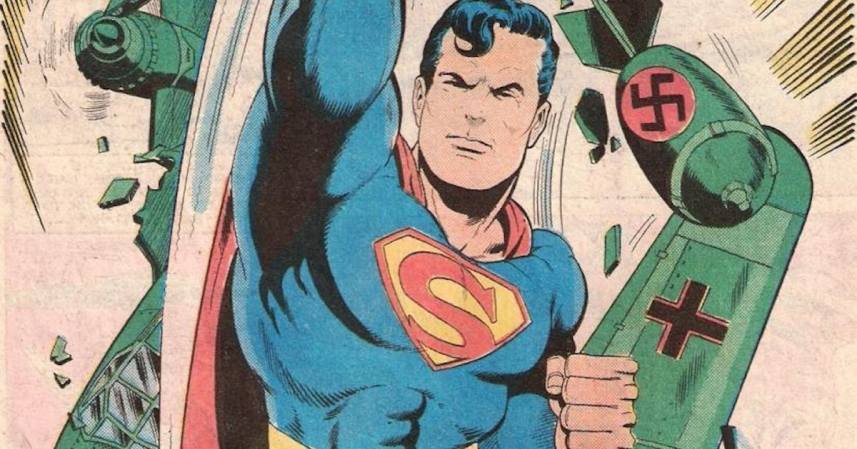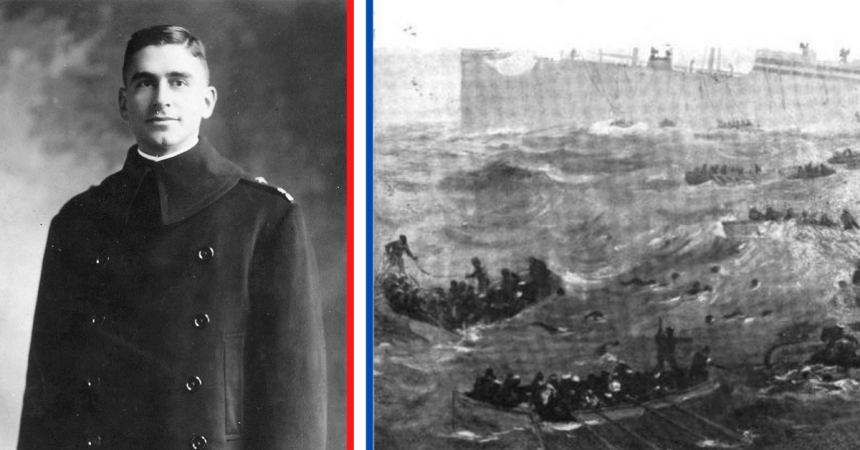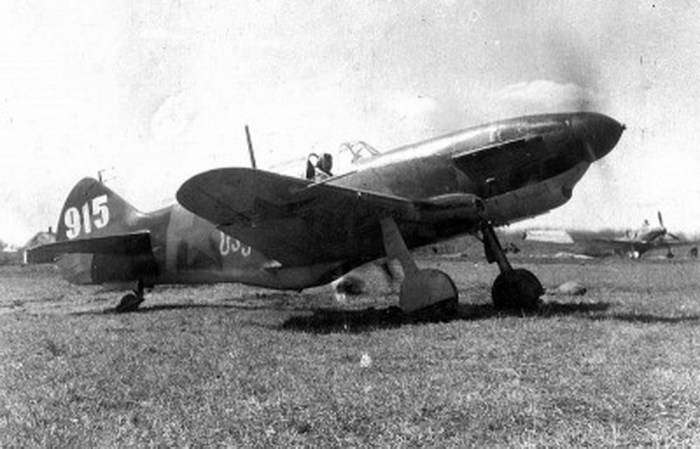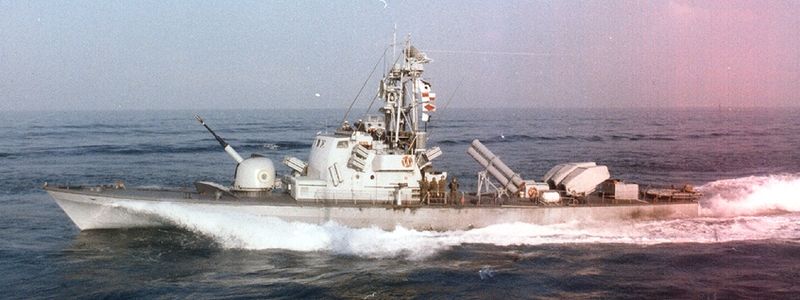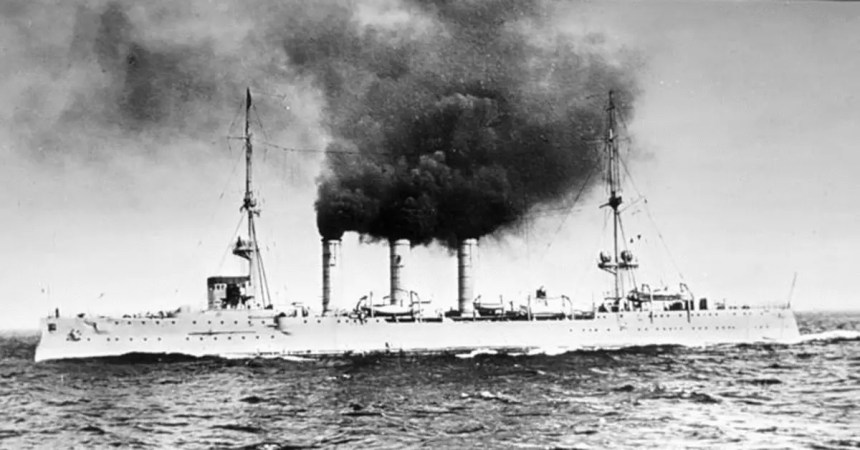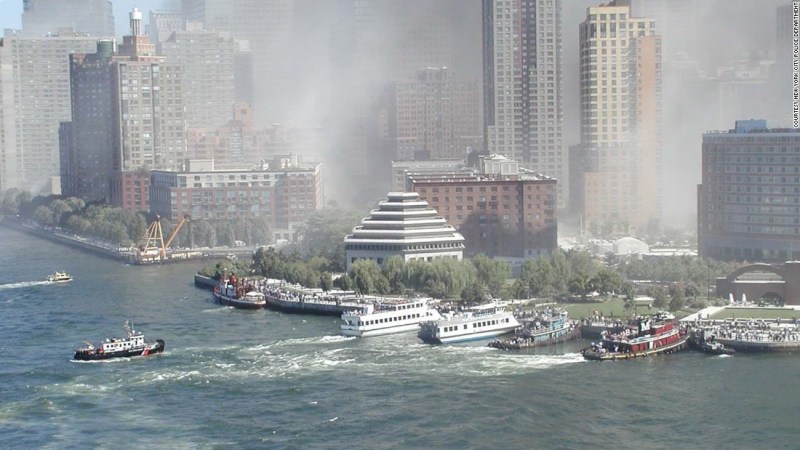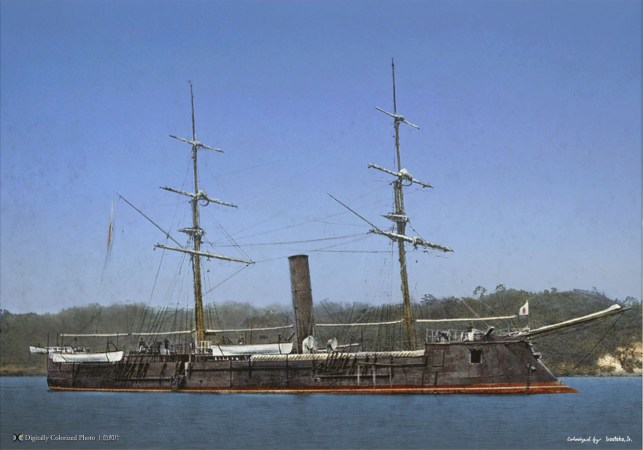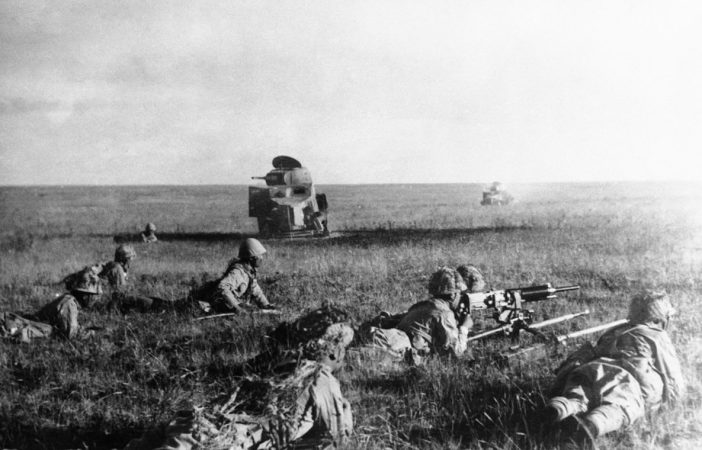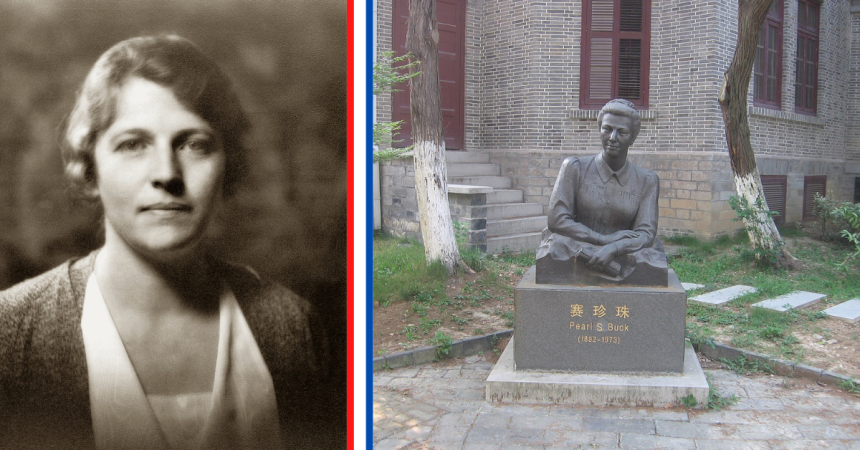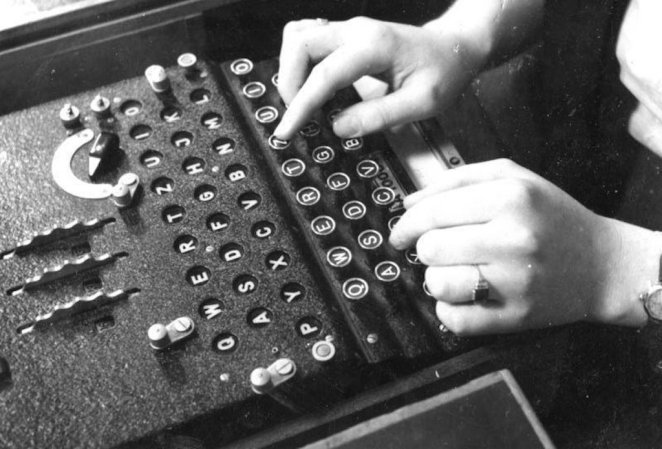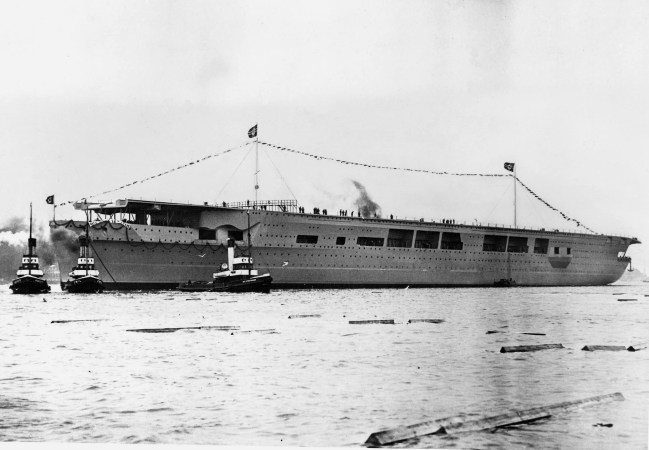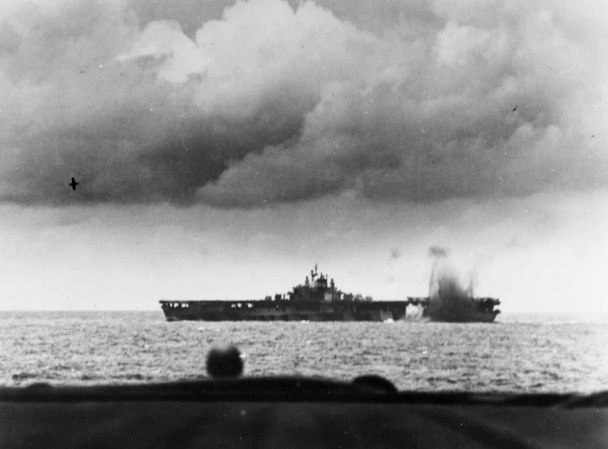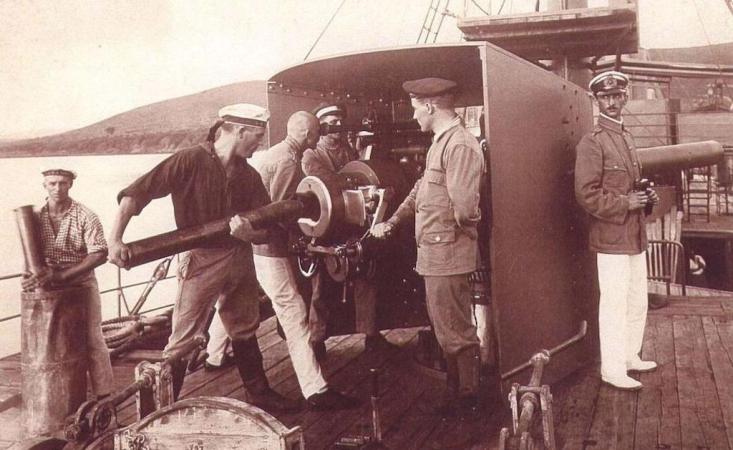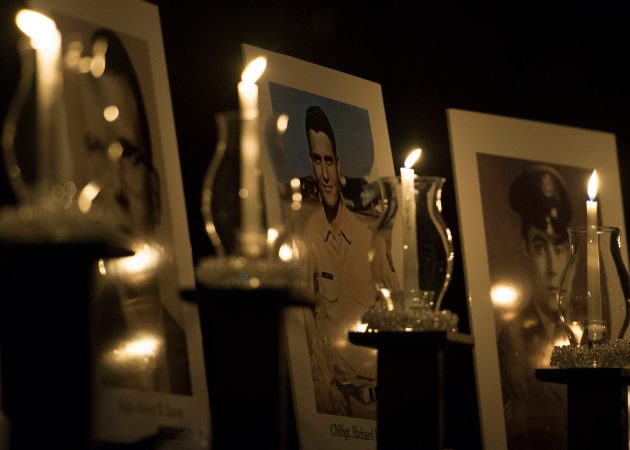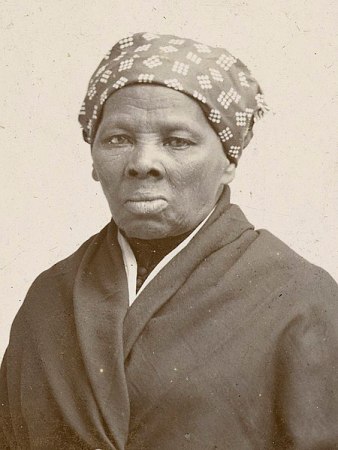How did the relationship with the other Allies and the Soviet Union become so fraught that they went from killing Nazis together to being at each other’s throats? While the divide existed before the war. After all, World War I ended with future Allied powers sending troops to try and help prevent the Communist takeover of Russia. And the Soviet Union secretly worked with the Nazis until the Nazis betrayed them.
But it turns out that the eventual failure of the Allied Powers relationship after the war was, in part, because of a German attack on a British convoy so devastating that it damaged the Allied relationship.
The importance of convoys
During World War II, the Soviet Union paid the lion’s share of the blood debt to defeat Nazi Germany. The Soviet Union lost an estimated 27 million service members and civilians. But it couldn’t manufacture enough weapons to defeat the highly industrialized German military in the field. The other Allies welcomed Soviet forces into the alliance in June 1941 and immediately helped to arm it. America, not yet an Allied Power, added the Soviet Union to the Lend-Lease Program a few months later.
American and British support to the Soviet Union was massive. According to a State Department history, the U.S. provided materials valued at $11.3 billion, or $180 billion, adjusting for inflation. This included:
- 400,000 jeeps & trucks
- 14,000 airplanes
- 8,000 tractors
- 13,000 tanks
- 1.5 million blankets
- 15 million pairs of army boots
- 107,000 tons of cotton
- 2.7 million tons of petrol products
- 4.5 million tons of food
That’s a lot. And Soviet Premier Josef Stalin thought it was essential to victory. In 1943, he gave a toast at the Tehran Conference in 1943 and said, “I want to tell you what, from the Russian point of view, the president and the United States have done for victory in this war. The most important things in this war are the machines…. The United States is a country of machines. Without the machines we received through Lend-Lease, we would have lost the war.”
And while the bulk of the shipments moved West across the Pacific from California and Alaska to Russia, an essential shipping route existed that ran east across the North Atlantic to the northern coast of the Soviet Union.
Sailors on this route fought through sea ice, attempted to avoid U-boat packs, and had to worry about surface attacks. The hardest hit of any British convoy took this route and suffered a terrible fate.
The convoy PQ-17
The convoy PQ-17 left the United Kingdom in late June 1942. It took the “Murmansk Run,” a route north of Iceland and the Baltic states to the Soviet ports of Murmansk and Archangel. German U-boats and air patrols made this route one of the most dangerous in the world. The convoy PQ-16, running just a month ahead of PQ-17, suffered the loss and serious damage of nearly a third of its vessels.
PQ-17 knew that it faced the same trial. Like PQ-16, it sailed during the Polar Day, when its route experienced continuous daylight from May 22 to July 22. U-boats and attack planes could spot the convoy at literally any time.
The start of the trip went well for PQ-17. A large and robust escort, including the American battleship USS Washington, beat back repeated U-boat and aerial assaults. But the German battleship Tirpitz was in the area. It’s thick armor made it invincible to everything but the largest guns of the Washington.
The Tirpitz weighed heavily on the minds of British admirals. Sir Dudley Pound, the leader of the British Royal Navy, eventually convinced himself that the Tirpitz was at sea and about to attack the convoy. Not wanting to risk the warships, he gave a series of fateful orders on July 4, 1942:
2111 Hours: Most Immediate. Cruiser force withdraw westward at high speed.
2123 Hours: Immediate. Owing to the threat of surface warships, convoy is to disperse and proceed to Russian ports.
2136 Hours: Most Immediate. My 2123 of the 4th. Convoy is to scatter.
These orders together made it clear to the sailors involved that the admiralty thought an attack by the Tirpitz must be imminent. Withdrawing the warships and scattering the merchant fleet would make it much harder for the Tirpitz to hunt and kill valuable targets, but it would also leave the merchant ships vulnerable to plane and submarine attack.
As the survivors would later learn, the Tirpitz was stuck in port nearby and was not a threat. But the order to disperse sealed their fate.

Black days
The German attackers quickly learned the convoy was unprotected and dispersed. The very next morning, Germany attacks began in earnest. In just one day, they sank 12 merchant ships. One, the American SS Washington, suffered multiple dive bomb attacks and fires while hauling 600 tons of high explosives. The crew abandoned ship just in time.
Despite the terrible cold and how hard it was to row across the icy water, they refused rescue from nearby ships, reasoning that it was more dangerous to be a target than to be exposed. This turned out to be correct as the first ship to try and rescue them went down a few hours later to three torpedo hits.
The next day, another ship carrying explosives took two hits from a Ju-88 bomber and sunk within three minutes. The few survivors had to float in the dangerously cold water until rescued, suffering frostbite and hypothermia.
The convoy PQ-17 originally had 35 merchant ships. Two turned back before the attacks. Of the 33 that attempted the Murmansk Run, only 11 made it to port.
The broken relationship
This slaughter was bad enough on its own. Hundreds of sailors died, thousands of tons of vital materials were destroyed, and ships were lost to the icy deep. It was so bad that the British canceled future Arctic convoys indefinitely.
The convoys did, of course, eventually resume in September 1942. But Stalin, already convinced that the Allies were fair-weather friends, saw the temporary cessation of convoys as a betrayal. His troops had to keep fighting German units without needed supplies.
This failure helped convince Stalin that, once Germany was defeated, the U.K. and U.S. would abandon him. His suspicions followed him into the Cold War and helped drive suspicion and mistrust in the U.S.



